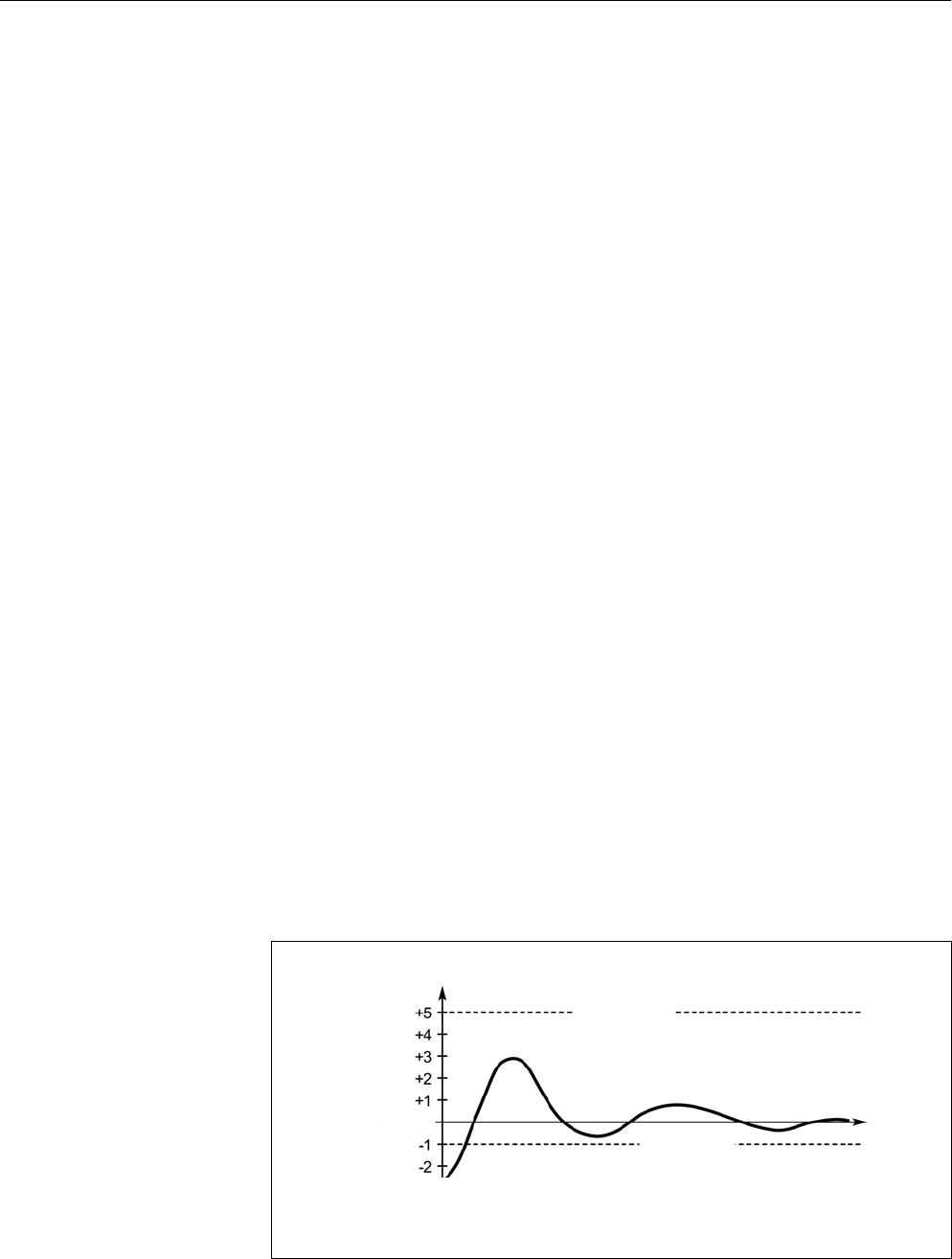
Hydraulic Components SDC / DHC
136 EN2H-0221GE51 R0808
7.1.8 Operation for modulating burners
Modulating burners are controlled in a way similar to mixed
heating circuit control, through a PI control algorithm, since in this
case an actuator integrated in the burner regulates the air/fuel
ratio according to the heating power. However, in contrast to the
control of conventional burners, operation of modulating burners
is subject to the following criteria:
In contrast to conventional ON/OFF burner control systems with
their switching differentials symmetrical around the respective
setpoint temperature, the switching differential for modulating
burners is an asymmetric interval with the switch-on level always
1 K below the setpoint temperature. This offers the advantage
that, in case of another possible overshoot through the P part, the
burner is not switched off, because the switch-off point lies above
the setpoint by a wider margin than the switch-on point is below
the setpoint (overshoot reserve). Also, when the heat demand is
low (especially in the low-load area) the temperature will drop only
slightly since the burner is switched on again as soon as there is
a deviation of more than 1 K.
Example:
Set nominal temperature = 50 K
Switching differential = 6 K
Switch-on at (50°C - 1 K) = 49°C
Switch-off at (49°C + 6 K) = 55°C
y
x
a
b
a Switch-off level x Deviation (K)
b Switch-on level y Setpoint value
Switching differential


















